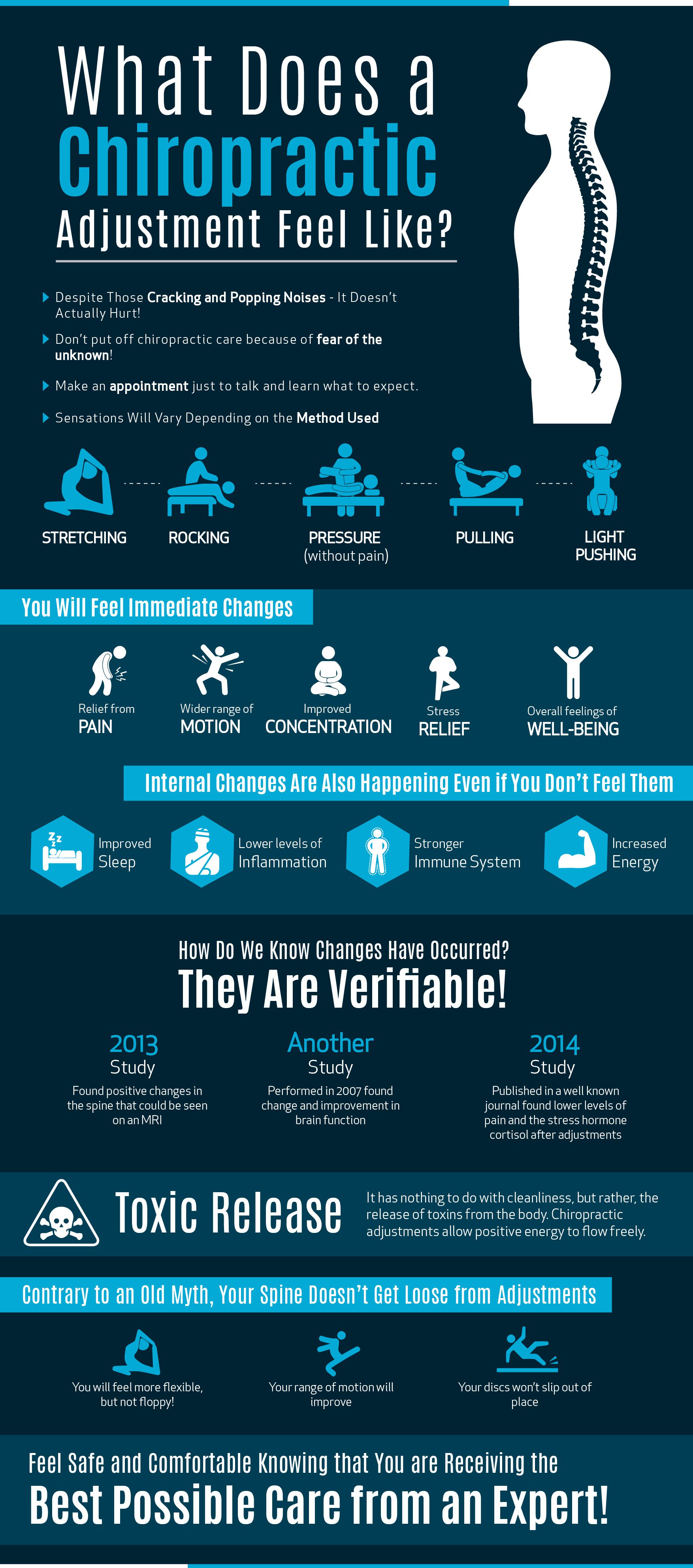The Connection Between Stance And Back Pain: Approaches For Keeping Proper Placement During The Day
The Connection Between Stance And Back Pain: Approaches For Keeping Proper Placement During The Day
Blog Article
Writer-Fletcher Rollins
Keeping correct posture isn't practically staying up straight; it's about straightening your body in a manner that supports your back and reduces the danger of neck and back pain. The method you rest, stand, and relocate throughout the day can considerably impact your back health. However how precisely can Recommended Resource site make sure good placement continually, even during active days filled with various tasks? Let' https://sanangelolive.com/news/health/2021-09-07/new-low-cost-chiropractic-clinic-coming-san-angelo into the refined yet impactful adjustments you can make to your day-to-day regimen to maintain your back satisfied and healthy.
Value of Appropriate Position
Correct stance is important in maintaining a healthy back and stopping pain. When you sit or stand with excellent pose, your spine remains in positioning, minimizing pressure on your muscular tissues, ligaments, and joints. This alignment allows the body to distribute weight uniformly, stopping too much stress on particular locations that can lead to pain and discomfort. By maintaining your back properly lined up, you can additionally improve your breathing and food digestion, as slouching can compress body organs and limit their performance.
Furthermore, keeping good stance can boost your total look and positive self-image. When you stand tall with your shoulders back and head held high, you show confidence and show up even more friendly. Great position can additionally make you really feel extra invigorated and alert, as it advertises appropriate blood flow and allows your muscle mass to function efficiently.
Including proper posture right into your everyday regimen, whether sitting at a workdesk, walking, or exercising, is important for preventing pain in the back and advertising total health. Keep in mind, a tiny adjustment in how you hold yourself can make a significant difference in just how you feel and operate throughout the day.
Common Postural Mistakes
When it involves preserving good posture, several people unconsciously make common mistakes that can add to pain in the back and pain. Among the most prevalent errors is slumping over or hunching over while resting or standing. This position places too much strain on the back and can cause muscle inequalities and discomfort in the long run.
An additional usual mistake is overarching the reduced back, which can flatten the natural curve of the back and trigger discomfort. In addition, going across legs while resting may really feel comfy, yet it can develop a discrepancy in the hips and pelvis, resulting in postural concerns.
Making use of a pillow that's too soft or too solid while resting can also affect your alignment and add to neck and back pain. Last but not least, regularly craning your neck to look at displays or adjusting your placement often can strain the neck and shoulders. Being mindful of these typical postural mistakes can assist you keep better positioning and minimize the threat of neck and back pain.
Tips for Correcting Placement
To enhance your placement and lower pain in the back, it's important to concentrate on making small adjustments throughout your daily routine. Start by being mindful of your position. When sitting, guarantee your feet are level on the flooring, your back is straight, and your shoulders are unwinded. Stay clear of slouching or leaning to one side. Use ergonomic chairs or paddings to support your lower back.
When standing, distribute your weight equally on both feet, keep your knees a little bent, and tuck in your pelvis. Engage your core muscular tissues to sustain your spinal column. Take breaks to extend and walk around if you have a less active task. Incorporate exercises that enhance your core and back muscle mass, such as slabs or bridges.
While sleeping, utilize a pillow that supports the natural contour of your neck to maintain appropriate spinal placement. Stay clear of sleeping on your tummy, as it can stress your neck and back. By bearing in mind these ideas and making small adjustments, you can progressively fix your alignment and minimize pain in the back.
Final thought
Remember, maintaining excellent stance is vital to stop neck and back pain and promoting spine health. By being mindful of your alignment, dispersing weight equally, and engaging your core muscular tissues, you can lower strain on your back and lessen the threat of discomfort and injury. Incorporate ergonomic assistance, take routine breaks to extend, and reinforce your core and back muscles to preserve appropriate positioning throughout the day. Your back will thanks for it!
